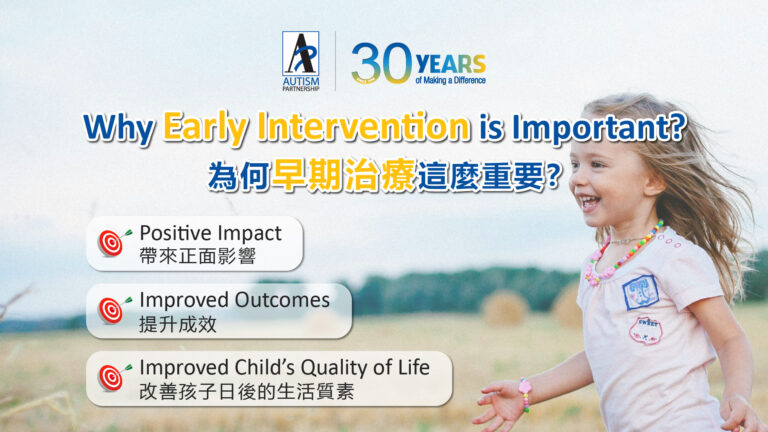
One common myth of ABA therapy is that ABA is a compliance training that turns children into passive learners. This deals with a misconception that in ABA therapy, children are not taught to be independent thinkers but merely trained to react to specific instructions. Same with any learning, no matter in ABA therapy, at school or at home, a child is expected to follow some rules or a code of conduct and carry out routines in order to learn effectively. And given the lack of motivation to socialize and low level of social awareness in most young children with ASD, it is necessary to make listening and responding as a habit to ensure their safety in community, to make caregiving easy, and to accelerate skill acquisition in learning.

However, some parents or even teachers are so used to their child listening to them that they do not create opportunities for the child to think, make choices, and act independently. To avoid causing them to rely on adult’s directions in long run, we should start creating opportunities of initiation at home as soon as toddler years. The following are some recommendations:

Although the above recommendations are easy to implement, it may not be easy for our children to respond because they are very used to clear and specific instructions being given throughout the day. It is advised to start with one or two routines that a child is most familiar with and most motivated to complete.

Every little life is a special present for a family. From the time a baby is born, parents journey through lots of highs and lows, wishing for their child to grow up with a big smile, make great friends, find their own way in a job they love, and create a happy family. However, for […]

Autism Spectrum disorder can be diagnosed as early as 18 months. Research shows strong evidence on how effective Applied Behavior Analysis (ABA) can help children with Autism. It helps to deal with children’s challenging behaviors such as inattention, aggression, self-stimulation, etc. Howard, et al (2005) conducted a study to compare the effectiveness of 3 treatment […]

In today’s society where information flows freely, parents can easily receive different messages. However, these messages are often debatable or even wrong. Believing wrong information can easily lead to misguided choices and delay treatment, the consequences of which may last a lifetime. When conducting one-on-one consultations with parents, I often hear the following misguided views […]
Please share to let more people learn about ASD and ABA therapy:
AP holds the belief that with quality Autism Partnership Method (APM) treatment, individuals with autism should reach their fullest potential and achieve the greatest degree of independence and highest quality of life possible.

Sign up now to get ABA and Autism related news delivered to your inbox. Enter your email to get started
Hong Kong Center
Kowloon Center

All information received will always remain confidential. We will contact you as soon as we review your message. Thanks